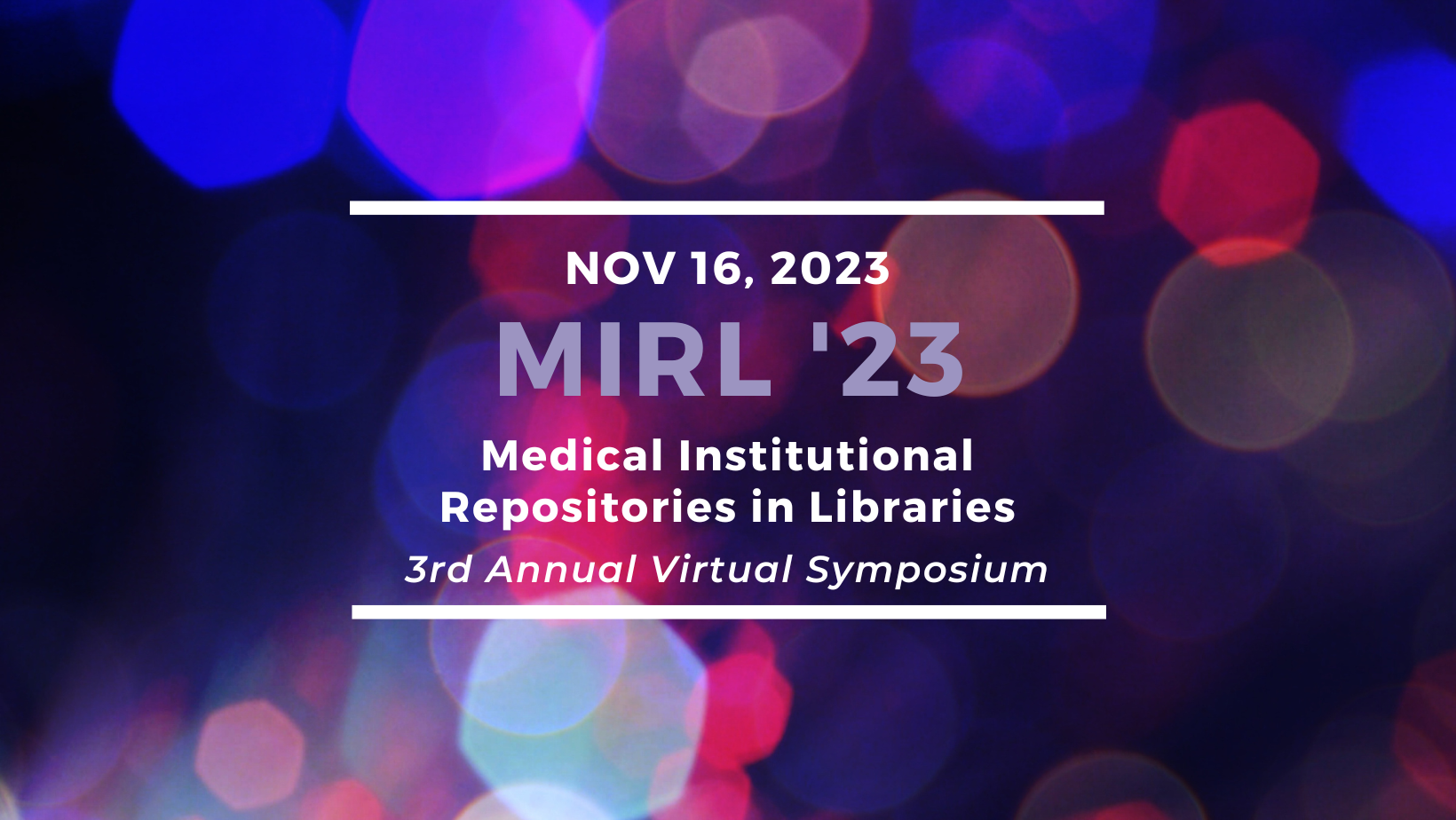Presentation Type
Lightning Talk
Date
2023-11-16
Description
Before sharing clinical data, personal and sensitive information must be removed or de-identified. The NLM Scrubber is a clinical text de-identification tool developed by the National Library of Medicine. This session will give a brief introduction to different branches of AI. Natural language processing (NLP) is one such branch of AI that combines linguistics and computer science to make human language understandable to computers. The NLM Scrubber uses NLP to identify personally identifying information and replace it with generic terms. It is a freely available tool that can be customized to look for and redact specific terms and phrases. NLM Scrubber can be used to produce HIPAA compliant data that can be more safely shared and help researchers comply with data sharing policies. This session will also explore ways to promote the tool and incorporate it into outreach efforts.
Keywords
NLM Scrubber
Open Access
1
Rights and Permissions
Copyright © 2023 The Authors.
Repository Citation
Nieman Hislop, Christine and Pierce-Farrier, Katie, "NLM Scrubber to de-identify clinical text data and facilitate data sharing" (2023). Medical Institutional Repositories in Libraries (MIRL). 8.
https://hsrc.himmelfarb.gwu.edu/mirl/2023/program/8
NLM Scrubber to de-identify clinical text data and facilitate data sharing
Before sharing clinical data, personal and sensitive information must be removed or de-identified. The NLM Scrubber is a clinical text de-identification tool developed by the National Library of Medicine. This session will give a brief introduction to different branches of AI. Natural language processing (NLP) is one such branch of AI that combines linguistics and computer science to make human language understandable to computers. The NLM Scrubber uses NLP to identify personally identifying information and replace it with generic terms. It is a freely available tool that can be customized to look for and redact specific terms and phrases. NLM Scrubber can be used to produce HIPAA compliant data that can be more safely shared and help researchers comply with data sharing policies. This session will also explore ways to promote the tool and incorporate it into outreach efforts.


